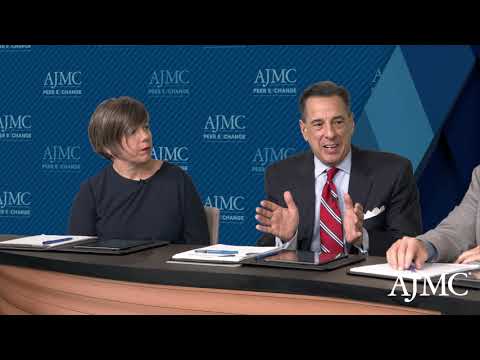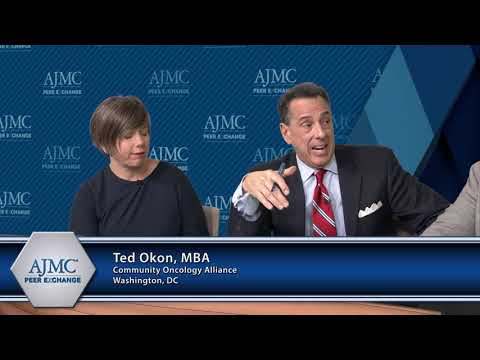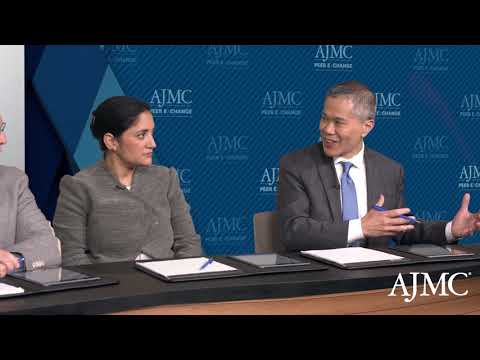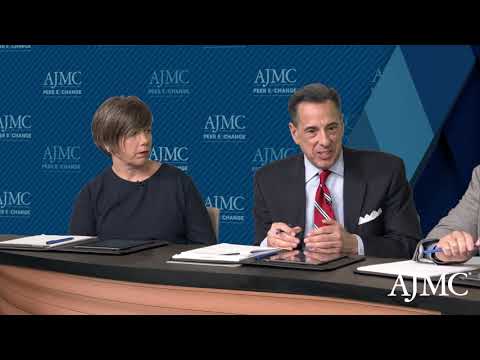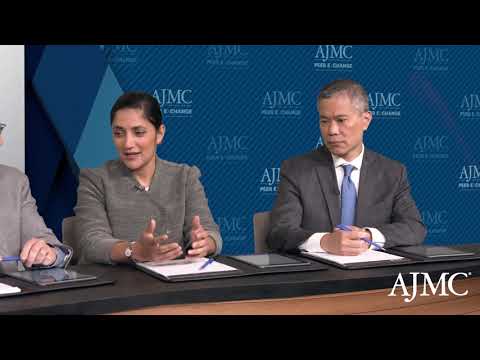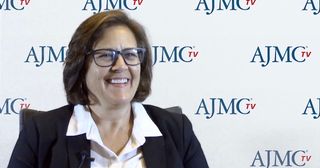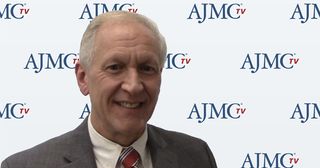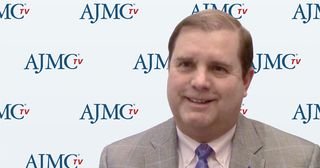
Oncology
Latest News
Latest Videos

CME Content
More News
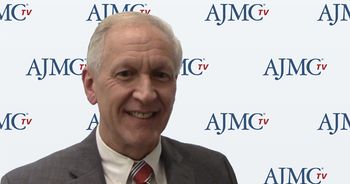
Alliances are going to help community oncology participate in things that, as individual practices, they don‘t have the opportunity to do, said Barry Russo, chief executive officer of The Center for Cancer and Blood Disorders.

With CancerIQ, we’re really going to be helping push population health into the oncology arena where we can hopefully predict and preempt this very costly and devastating disease well in advance, says Feyi Olopade Ayodele, MBA, chief executive officer at CancerIQ.
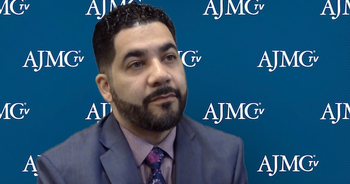
The Oncology Care Model (OCM) has set off a ripple of change in cancer care that extends beyond the patients who are in the model, said David Ortiz, OCM program director at Montefiore Einstein Center for Cancer Care.
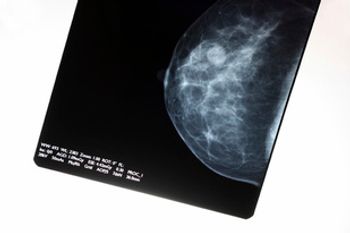
Patients with primary care appointments in the morning were more likely to have orders for and receive recommended breast and colorectal cancer screenings.
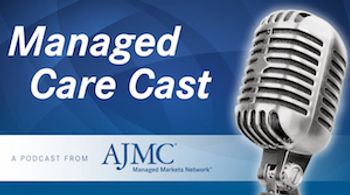
Outcomes for patients with cancer are continuously improving, but the increasingly complex healthcare system, new payment and delivery models that place more risk on practices, and rising costs of therapies has made it difficult for independent oncology practices to thrive and survive. However, independent practices present an important part of cancer care, delivering care to patients who are not near large hospital-based systems at lower costs.
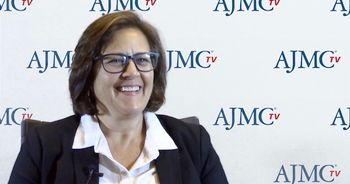
Pharmacists, social support services, an information technology team, and financial counselors all come together to encompass the care for the patient, says Beth Wittmer, RN, OCN, manager of care management at Florida Cancer Specialists and Research Institute.
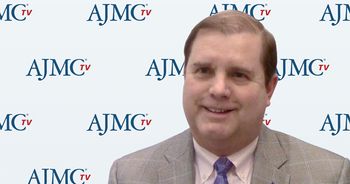
Triage pathways can transform practices and save practices and CMS money by keeping people out of the emergency department and hospital, said Ray Page, DO, PhD, president and director of research at The Center for Cancer and Blood Disorders.

Some of the health policies coming out of Washington, DC, are clever, but there might be too much coming out for practices to keep up with, said Michael Kolodziej, MD, vice president and chief innovation officer at ADVI Health, Inc.

This study explores the causes of emotionally adverse patient experiences in cancer care and presents a taxonomy for analyzing free-text patient data.

Patients with cancer who receive high doses of bisphosphonates, used to treat bone cancer, can experience jaw damage. New preclinical research published in Bone Science Direct could prevent these patients from experiencing this loss of jawbone tissue after routine oral surgery.

Patients who adhere to a CancerIQ cancer prevention plan, or cancer survivorship plan, are more likely to catch a cancer before it grows beyond 1 centimeter, says Feyi Olopade Ayodele, MBA, chief executive officer at CancerIQ.

An artificial intelligence system can digest what would take a person 29 hours to read in about 30 seconds, so everything is right in front of providers at the point of care, says Barry Russo, chief executive officer of The Center for Cancer and Blood Disorders.

During a session at Asembia’s 15th annual Specialty Pharmacy Summit, Greg Simon, president, Biden Cancer Initiative, outlined commitments that came out of the Cancer Moonshot, the work of the Biden Cancer Initiative, and ongoing challenges that patients with cancer face.
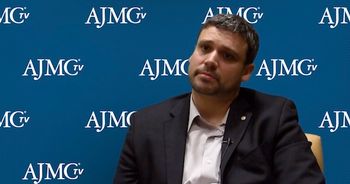
New technologies are enabling pharmacists to play a bigger role in managing overall care delivery and the cost of care for patients with cancer, explained Matt Farber, MA, senior director of Patient Care and Advocacy for Walgreens.
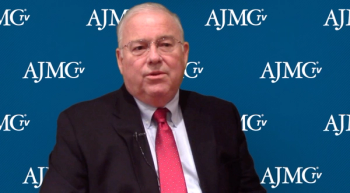
Stephen Grubbs, MD, vice president of clinical affairs at the American Society of Clinical Oncology, explains what stakeholders can expect from the new updates to the Patient-Centered Oncology Payment (PCOP) model, as well as some key differences between PCOP and the Oncology Care Model.
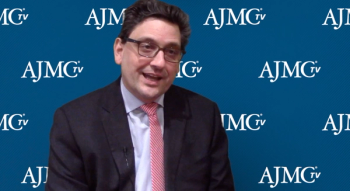
Blase Polite, MD, associate professor of medicine and the executive director for accountable care at the University of Chicago, discusses why he chose to focus on the state of the Oncology Care Model at the April 25 meeting of the Institute for Value-Based Medicine.

The oncology drug pipeline has experienced rapid growth over the past decade, driven by innovation in cell therapies, immunotherapy, and precision medicine, according to a specialty pipeline update presentation at Asembia's 15th annual Specialty Pharmacy Summit, held April 29 to May 2 in Las Vegas.
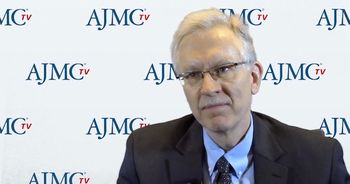
Payers, providers, and other stakeholders have to come together to figure out how to make a better patient member experience for those who are fighting cancer, said Bryan Loy, MD, physician lead, oncology, laboratory, and personalized medicine, Humana.

The standard treatment isn’t always right for everyone, and part of a social worker’s job as a member of the care team is to understand the patient’s goals and what treatment is the right fit for them, said Abra Kelson, MSW, LSWA-IC, medical social work supervisor, Northwest Medical Specialties.

Every week, The American Journal of Managed Care® recaps the top managed care news of the week, and you can now listen to it on our podcast, Managed Care Cast.

https://www.pharmacytimes.org/on-demand/the-era-of-parp-inhibition-in-cancer-management-patient-selection-and-deciding-when-to-use-in-treatment-enduring

AJMCtv® interviews let you catch up with experts on what’s new and important about changes in healthcare. The interviews provide insights from key decision makers-from the clinician to the health plan leader to the regulator. When every minute in your day matters, AJMCtv® interviews keep you informed. You can access the video clips at www.ajmc.com/interviews.


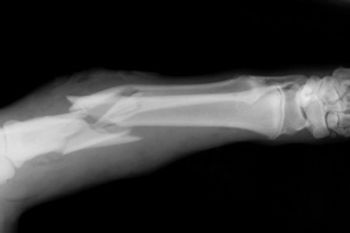
When breast cancer spreads, it often goes to the bones, and new research has found that exposure to dim light at night may contribute to this spread. Results from the animal study were presented at ENDO 2019, the annual meeting of the Endocrine Society.
